A running track in your own backyard can provide you with an enjoyable and convenient way to stay fit. Whether you prefer a leisurely jog or a high-intensity sprint, having access to a private track means that you are able to enjoy the outdoors right outside your door without having to go too far away from home. But before you start building your own personal running track, there are a few things you should consider.
In this guide, we’ll go over everything you need to know about building a running track in your backyard. We’ll discuss how to choose the right materials for the track’s surface, which tools and supplies will be necessary for construction, and some useful tips to make the building process easier. We’ll also answer some frequently asked questions so you know exactly what to expect along the way. So let’s get started!
Why You Need a Running Track in Your Backyard?
Allows You To Exercise At Your Convenience
When you have a running track in your backyard, you’ll never have to worry about fitting exercise into your busy schedule. You can get up early and go for an energizing run or take a quick lap during your lunch break.
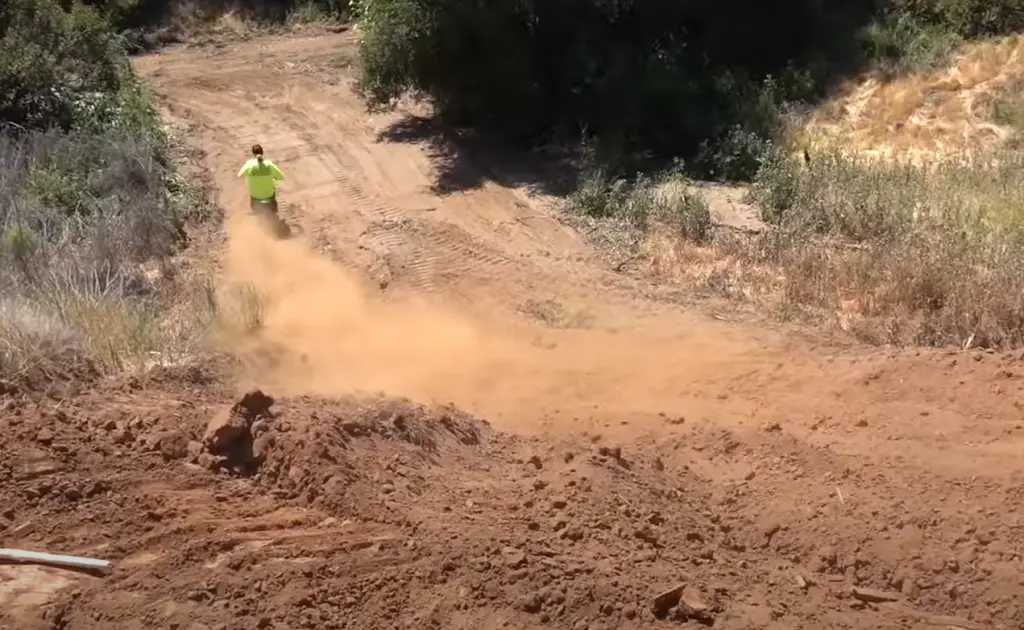
And if the weather isn’t cooperating, you don’t need to go outside – just set up your treadmill on the track and you’re all set. This level of convenience makes it easy to stay on track with your fitness goals, no matter how hectic life gets.[2]
Keeps Your Mental Health In Check
Getting outside in nature is a great way to reduce stress and improve your overall mental health.
With a running track in your backyard, you can get the benefits of being outdoors without having to travel too far. Just step out your door and take a few laps around the track – it’s an easy way to give your mental health a boost each day.Training Ground For Your Sporting Needs
A running track can also be used as a training ground for any sports activities you might be interested in. Whether you’re looking to improve your sprinting speed or work on your agility, having access to a dedicated track can help you reach your goals faster. You’ll be able to practice different drills and push your limits without the worry of being too far from home.
Factors To Consider When Building A Running Track
Your Backyard Space
Before you start building a running track, it’s important to take an inventory of your backyard space. Knowing the size of the area you have available will help determine how large your track can be and what materials you’ll need for construction.
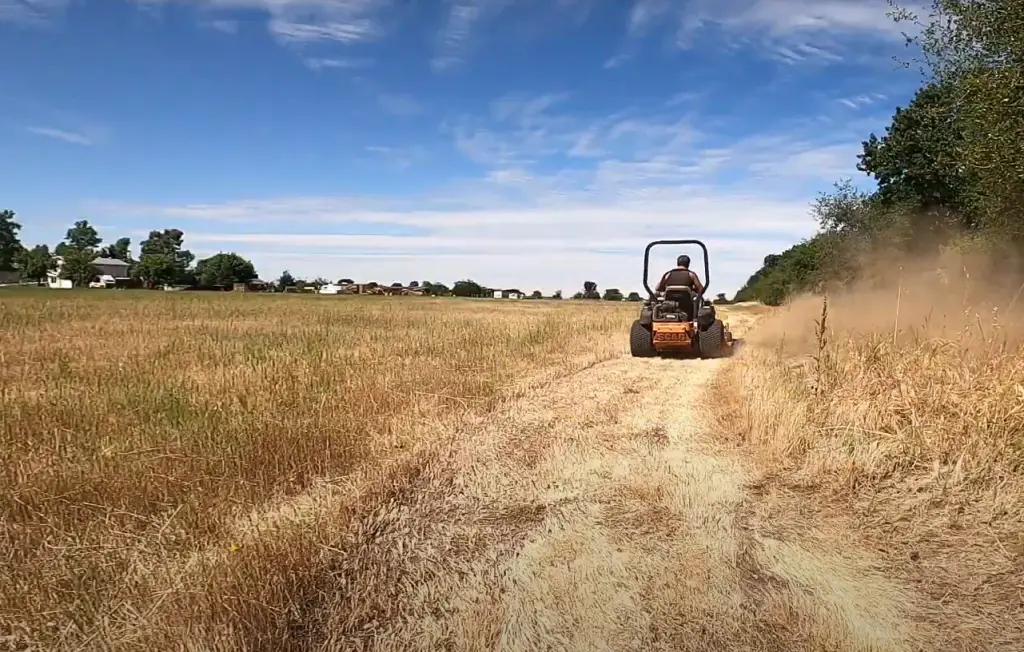
Make sure there is enough room for the length and width of the track that you want, as well as any other features or landscaping you may want to add.[1]
Track Surface
The biggest factor in choosing the right track surface is safety. Make sure that whatever material you choose will be safe for running on and won’t cause any unwanted trips or slips. If you’re building an outdoor track, consider asphalt or concrete for a solid and even surface. For indoor tracks, rubber flooring is often the best option due to its durability and shock absorption capabilities.
The Length Of The Track
Another important factor to consider is the length of your running track. The most common size for a full-length track is 400 meters, which will provide enough space for multiple laps and different exercises. If you have a smaller backyard, you can opt for a shorter track that goes around 200 or 300 meters instead.
Your Budget
Lastly, it’s important to take your budget into consideration when building a running track. Asphalt and concrete are more expensive materials that will require professional installation, while rubber flooring can be installed by yourself if you know how.
Materials To Use
Now that you know what to consider when building a running track, let’s take a look at the materials you’ll need. For the track surface, your best bets are asphalt or concrete for outdoor tracks and rubber flooring for indoor ones. In addition to these materials, you’ll also need markers to indicate the length of the track and any other features such as lanes or curves.
Building A Running Track In Your Backyard
Designing and planning
The first step in building a running track is to determine the size and shape of your track.
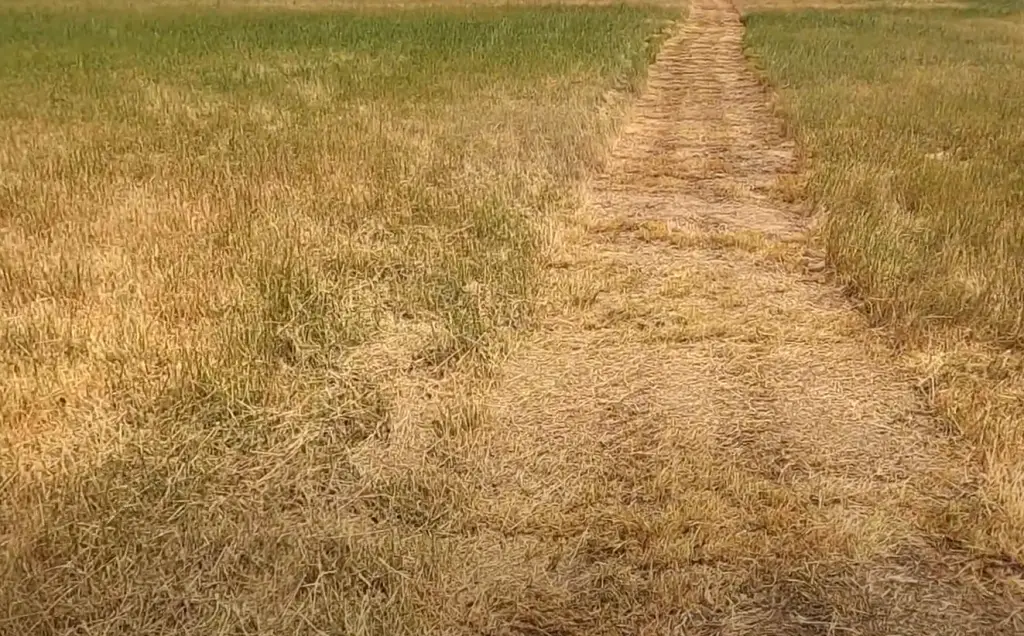
Measure the available space in your backyard and decide on the length, width, and any other features that you want included. You should also factor in any landscaping or decorative elements that you may want to add. Once you have a plan, it’s time to get started on construction.[3]
Environmental feasibility
You should also consider the environmental impact that building a track may have. Depending on the location of your backyard, there may be zoning restrictions or laws in place that could affect construction. You’ll also want to make sure that the materials you choose are safe for the environment and won’t cause any damage to plants or wildlife.
Health and safety considerations
Safety should always be a top priority when constructing a running track. Make sure that the materials you choose are safe to use and won’t create any hazards, especially if you have pets or children in the area. Additionally, check for any unevenness on the track surface that could cause trips or slips and make sure it is well lit at night for visibility.
Earthworks
Before you start laying the track surface, you’ll need to prepare the area by doing some earthworks. This includes leveling out any bumps or dips in the ground and ensuring that there is sufficient drainage so water won’t pool on the track. You can hire professionals to do this work for you or rent equipment to do it yourself.[3]
Drainage needs
It’s also important to make sure that your track has proper drainage. Without well-placed drains, water can easily pool on the surface and create slippery conditions for runners. Make sure you have enough drain outlets around the track and that they are all connected to a central system so any excess water is safely collected away from the track.
Fixing a sub base and base
Once the earthworks are complete, it’s time to start laying down the track surface. The first step is fixing a sub base, which involves packing the soil and gravel together with a compactor. Then you can lay down the base material such as asphalt or concrete and finish by adding any decorative elements that you want included.[2]
Determining whether you will require a shock-absorbent layer
If you’re building an indoor track, you may want to consider adding a shock-absorbent layer. This is especially important if your track will be used for high-impact activities like sprinting or jumping. A good option is to use rubber flooring as it offers excellent cushioning while still providing a firm surface for running on.
Setting up the track surface
Once the base and shock-absorbent layer are in place, it’s time to set up the track surface. Depending on the materials you choose, this could involve laying down strips of asphalt or concrete or fixing rubber flooring tiles into place.
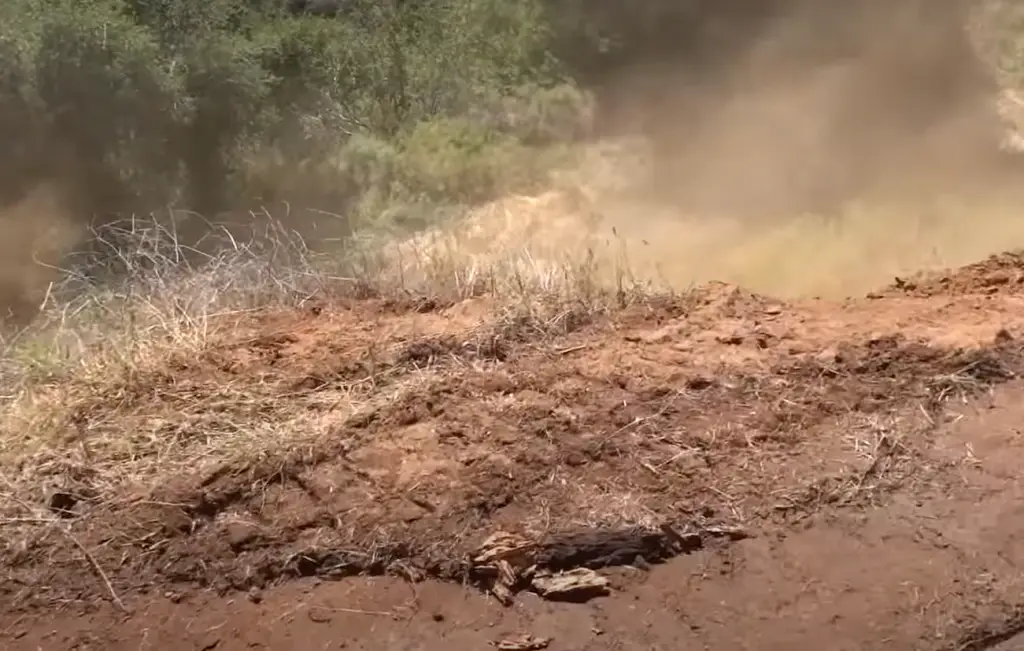
Make sure that all edges line up evenly and check for any bumps or unevenness before proceeding.
Building a Grass Running Track
Grass running tracks can be a great option if you’re looking for an eco-friendlier and more natural alternative to asphalt or concrete. You’ll need to invest in some specialist equipment such as mowers and trimmers, but the end result is well worth it. Here’s how to build a grass running track:[4]
Preparing the ground
The first step is to prepare the ground. Clear away any debris from the area and mark out where you want the track to go. Then use a rototiller or spade to break up the soil and remove any large rocks, roots, or other obstacles that could impede construction.
Adding topsoil
Once you’ve prepared the ground, add topsoil to give your grass track a healthy foundation. You can buy topsoil from garden centers or make your own with compost and soil conditioner. Make sure that the topsoil is spread evenly across the area and use a roller to compress it down before laying turf.
Laying turf
Now comes the fun part: laying turf! Start by rolling out the turf and cutting it to fit your track’s dimensions. If you’re laying an oval track, make sure that the curves are even and symmetrical. Once all the turf is in place, water it thoroughly and use a rake to help settle it into place.
Installing edging
The next step is to install edging around the track. This will help keep the grass contained and prevent it from spreading out into other parts of your yard. You can buy plastic or wooden edging from garden centers, but make sure it’s durable enough to withstand heavy use.[4]
Final touches: markers, lines, and more
The final step is to add any markings, lines, or other features that you want included in your track. You can use paint or plastic markers to delineate the length of the track and set out lanes for different running activities. Additionally, consider adding decorative elements like flowers or shrubs around the edges of your track to make it look more attractive.
Building A Dirt And Gravel Track
Dirt and gravel tracks are a great option if you’re looking for a more budget-friendly way to build a running track. This type of track requires minimal construction work but will still provide runners with a good surface to run on. Here’s how to do it:
Clearing the area
The first step is to clear the area that you want to use for the track. This involves removing any debris, rocks, and roots from the soil. Once this is done, mark out where your track will go and use a spade or rototiller to break up the earth and make it easier to work with.[1]
Adding the gravel
Once you have your area marked out and the soil is ready, it’s time to add the gravel. Start by laying down a layer of large stones or crushed rock, then top this off with a layer of small stones such as pea gravel or sand. Make sure that the surface is level and even when finished.[1]
Compacting the track
Once your track has been laid, it’s time to compact it. This involves using a compactor to press the stones and gravel together and create a firm surface for running on. It also helps to reduce erosion by preventing water from pooling on the track.
Adding ground cover
Once your track is compacted, add some ground cover such as wood chips or mulch. This will help to keep the track in place and reduce dust when running on it. Additionally, you may want to consider adding some decorative elements such as shrubs or flowers around the edges of your track for a more attractive finish.
Adding Safety Features and Equipment
It’s important to consider safety when building a running track in your backyard. Make sure that the track is well-lit for nighttime use and that it has adequate drainage outlets so any excess water can flow away from the track. You may also want to add some additional equipment such as benches, hurdles, and signs to help guide runners around the track. Additionally, invest in some high-quality running shoes to reduce the risk of injuries and ensure you get the most out of your track.[3]
Maintaining and Upgrading the Track Over Time
Once your track is built, there are still some steps you should take to ensure it remains in top condition. Regularly inspect the track for any signs of wear and tear such as bumps or uneven surfaces and make sure that the edging is firmly in place. Additionally, if you want to upgrade your track at any time, consider adding additional features like a timer or a track lighting system. Doing this will ensure that your running track remains safe, comfortable, and enjoyable for years to come.
How Much Would It Cost To Build A Track?
The cost of building a running track depends on the type of track you’re constructing and the materials you use. Generally speaking, grass tracks are usually cheaper to maintain than dirt or gravel tracks but may require more regular upkeep. Asphalt and concrete tracks are typically pricier upfront, but they can last for years with minimal maintenance.

In addition to material costs, you’ll also need to factor in the cost of any additional equipment such as mowers and trimmers. Depending on your budget and track size, it can cost anywhere from a few hundred dollars to several thousand dollars to build a track in your backyard.
What Is The Best Material For A Track?
The best material for a running track depends largely on the type of activities you plan to use it for.
Dirt and gravel tracks can also provide runners with a good surface to run on, but they may require more regular maintenance. Ultimately, the decision comes down to personal preference and what will work best for your specific needs.FAQ
How much space do you need to build a track?
The amount of space you need to build a track depends on the type of track and the activities that will take place. Generally speaking, most tracks require at least 50 feet by 100 feet of space for a full-length running lane. If you’re constructing an oval track, make sure it’s at least 400 feet in circumference.
Why is it called tartan track?
The term “tartan” originated in Scotland and is derived from the word for a specific type of woolen fabric with a checkered pattern. The tartan track gets its name because of the crisscrossed pattern of lanes often found on running tracks that resemble this traditional Scottish fabric.
How long does a tartan track last?
Tartan tracks are generally quite durable and can last for years if properly maintained. The length of time it takes for a track to deteriorate depends largely on the type of material used and how well it’s cared for, but most tartan tracks should remain in good condition for at least five to ten years.
Is it OK to wear tartan?
Yes, it’s totally fine to wear tartan! Tartan is a classic pattern that has been around for centuries and is still popular today. From fashionistas to athletes, tartan apparel can add a touch of style and sophistication to any outfit. So whether you’re hitting the track or the town, don’t be afraid to sport some tartan!
Useful Video: I am Building a One Mile Running Track in my Backyard #GoProHero8Black
Conclusion
Building a running track in your backyard is a great way to stay active and have fun. From laying down the gravel to adding safety features, there are several steps involved in constructing a quality track. And while it can take some time and money to build, the rewards of having an outdoor track that’s all your own make the effort well worth it. So what are you waiting for? Put on your running shoes and get started building a track of your own!
References:
- https://www.fallsgarden.com/build-a-backyard-running-track/
- https://mary-catherinerd.com/how-to-build-a-running-track-in-your-backyard/
- https://homesteady.com/13425987/how-to-build-a-running-track
- https://www.cotswold-homes.com/build-a-running-track-at-home/









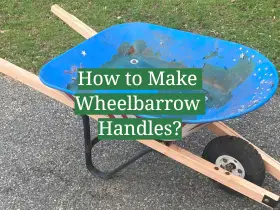
Leave a Reply
View Comments